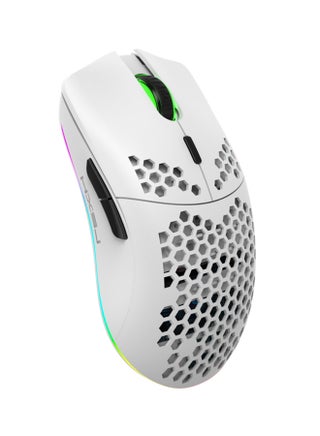Free & Easy Returns
Best Deals




A USB computer mouse is much easier to install. It uses radio frequency (RF) technology paired with a nano/USB receiver/RF transmitter in order to connect to your computer and input data. The setup is essentially plug and play. Simply insert the receiver into a USB port, turn the power switch on, and your device will be ready to use. It does, however, take up one of your USB ports.
Occasionally, multiple Bluetooth devices can interfere, cross wires, and turn off for a little while, especially in an office setting with a large number of computer users. Although the RF on a USB mouse has the potential to mess up your WiFi connection, this issue is pretty rare and doesn’t happen very frequently.
Finally, if you opt for a Bluetooth wireless mouse, you have to double check whether it’s compatible with your laptop or computer. Not all devices are equipped with Bluetooth, especially if you’re operating on an older system. Alternatively, even the newest, thinnest laptops usually come with at least a few USB ports, so you should have no compatibility issues when purchasing a USB mouse for PCs or laptops.
| Colour Name | White/Silver |
| What's In The Box | Gaming Mice |
| Model Number | T66 |
| Connection Type | Wireless |
| Features | Wireless N, Gaming, Business, Personal, Cordless |
| Model Name | T66 |

